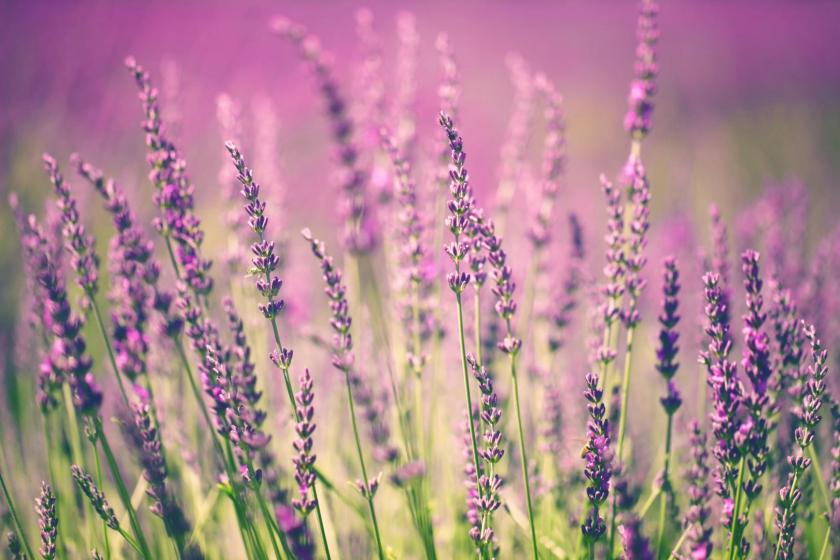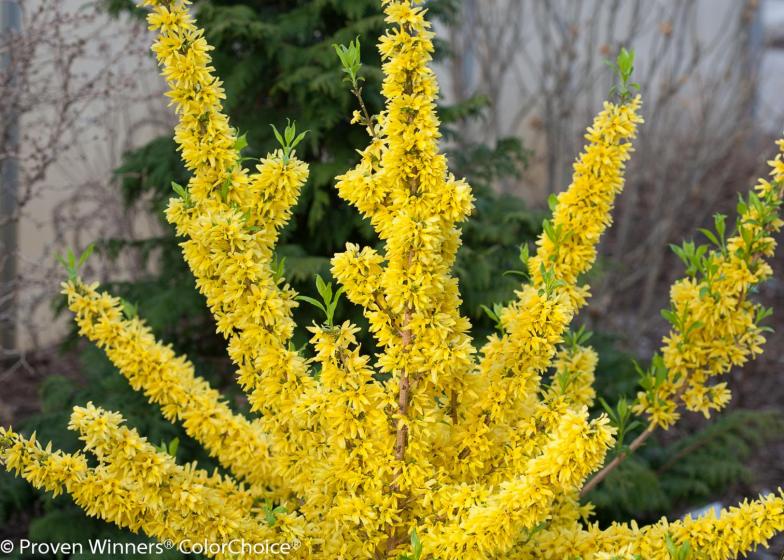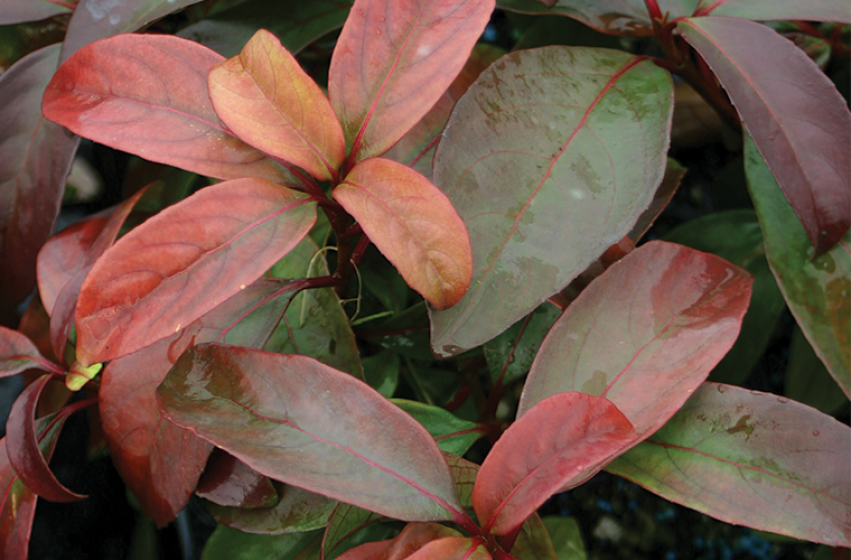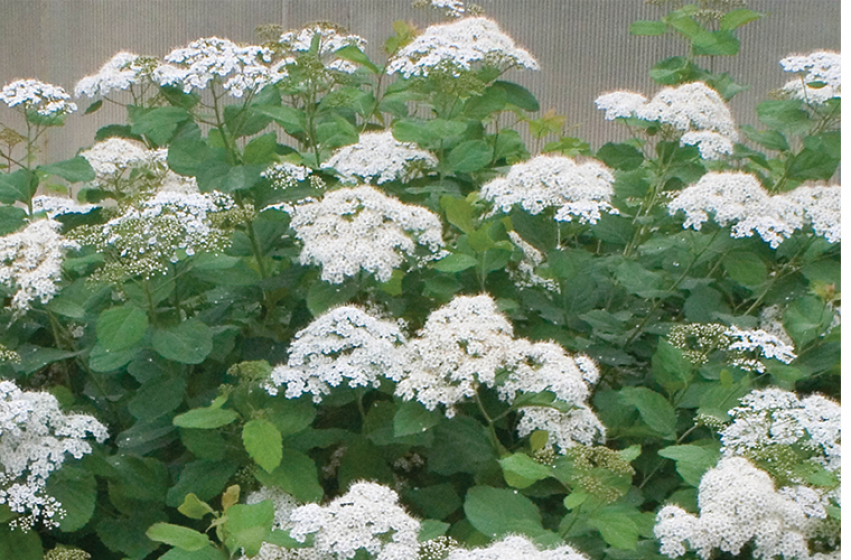Ah, deer. Gentle, majestic woodland royalty. Or hosta-eating road hazards, depending on your point of view.
Most gardeners have a tortured relationship with deer. We don’t have anything against them except for the fact that they eat everything in sight. Repellants can work, but you need to apply them regularly. A deer fence will keep them out, but is often impractical. What’s a gardener to do?
You can start by choosing plants that deer don’t like, though there’s no such thing as a deer-proof plant. Hungry deer will eat anything. But you can make your yard less appealing than the daylily buffet next door. Not very neighborly, I know, but you can make it up to them with a nice bouquet from your cutting garden.
Deer avoid plants with fuzzy leaves and those that are strongly aromatic. Some gardeners have success planting catnip, lavender and thyme; their strong scent can deter deer from eating more desirable plants growing nearby. Daffodils are also unappealing to deer, and can act as an early season deterrent. The world always needs more daffodils, anyway.
Although deer do not like prickly leaves, they aren’t bothered by rose thorns. So don’t plan on a rose hedge as a good barrier. Barberries, on the other hand, are seldom eaten. They’ll keep the jealous neighbors out of your cutting garden, too.Unfortunately, deer like new plant growth. So that new bed filled with lush, tender plants is very tempting to whitetails. Even plants that are not especially tasty to deer can be appealing when they are leafing out. You may want to invest in some deer repellant for these plantings, at least until their new growth has hardened off.
Plants that are unappealing to deer include Forsythia, Viburnum, Spiraea, and Syringa (lilac). Working with these plants will give you a good start on a garden with season-long color. Add some Juniperus and you’ve got year-round appeal. Rutgers University has an excellent reference that rates the deer resistance of landscape plants.
Remember that hungry deer will eat just about anything. Winter and early spring are the lean times when deer are most likely to eat your plants. In fall they are bulking up for winter, and are especially voracious. In summer time, when the living is easy, they are much more selective. Whatever you do, don’t feed them. They won’t eat your offerings and leave the landscape alone; they’ll learn to come to your place for dinner. And the day you don’t have a nice spread waiting for them is the day they will turn to your new hydrangea planting instead. Besides, feeding deer isn’t healthy for them. It’s often not the nutrition they need, and can contribute to the spread of disease.
If deer are a serious problem in your landscape, it may be time to call in the professionals. McDonald Garden Center offers a variety of treatment options. These repellants won’t hurt the deer and will allow you to enjoy your yard without the frustration of seeing flowers eaten just before they bloom.
Content & images provided by Proven Winners




